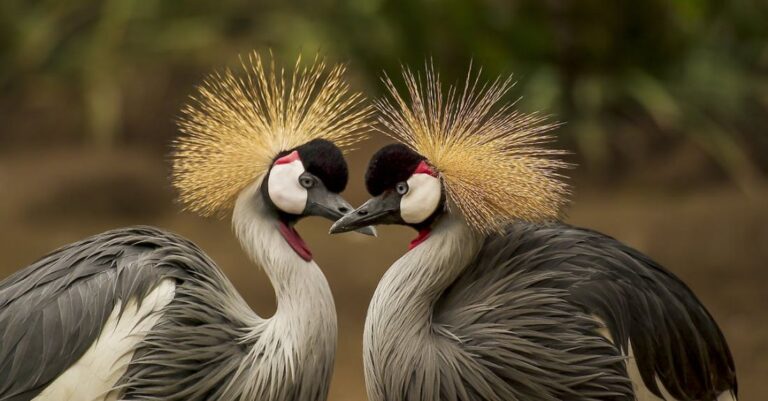
The Galapagos Islands, located in the Pacific Ocean, are known for their diverse ecosystems and unique wildlife. One of the key geological features that shape these islands is their active volcanoes. The Galapagos archipelago is a hotspot for volcanic activity, with several volcanoes still showing signs of activity. Among these, some stand out as the most active and awe-inspiring in the region.
**Sierra Negra Volcano**
Sierra Negra Volcano is one of the most active volcanoes in the Galapagos Islands, located on Isabela Island. With a caldera that stretches over 10 kilometers in diameter, it is one of the largest active volcanoes in the world. The last eruption of Sierra Negra occurred in June 2018, making it a dynamic and ever-changing landscape. Visitors to Isabela Island have the opportunity to hike to the rim of the caldera and witness the dramatic volcanic landscapes that make this volcano so captivating.
**Fernandina Volcano**
Fernandina Volcano, also known as La Cumbre, is located on Fernandina Island and is one of the most active shield volcanoes in the world. This volcano has a history of frequent eruptions, with the most recent eruption occurring in September 2017. Fernandina’s rugged terrain and barren landscapes offer a glimpse into the raw power of volcanic activity. Visitors to Fernandina Island can witness firsthand the volcanic processes that have shaped this young and dynamic island.
**Alcedo Volcano**
Alcedo Volcano is located on Isabela Island and is one of the six major shield volcanoes that make up the island. While Alcedo is not as active as some of the other volcanoes in the Galapagos, it has a history of eruptions dating back to the 19th century. The volcano’s prominent caldera and lava flows provide a striking backdrop for visitors exploring Isabela Island. Hiking to the summit of Alcedo offers panoramic views of the surrounding landscapes and a glimpse into the volcanic history of the Galapagos Islands.
**Wolf Volcano**
Wolf Volcano is the highest point in the Galapagos Islands, located on Isabela Island. This volcano last erupted in 2015, sending lava flows cascading down its slopes. Wolf Volcano is known for its diverse flora and fauna, with unique species adapted to the harsh volcanic environment. Visitors to Isabela Island can hike to the summit of Wolf Volcano and witness the stark beauty of this rugged landscape.
**Cerro Azul Volcano**
Cerro Azul Volcano is located on the southwestern tip of Isabela Island and is one of the most active shield volcanoes in the Galapagos. This volcano last erupted in 2008, causing lava flows to reach the ocean. Cerro Azul’s fertile slopes are home to a variety of plant and animal species, making it a popular destination for nature enthusiasts. Hiking to the caldera of Cerro Azul offers panoramic views of the surrounding landscapes and a chance to witness the ongoing volcanic processes shaping the island.
**Pinta Volcano**
Pinta Volcano is located on Pinta Island and is one of the northernmost volcanoes in the Galapagos archipelago. While Pinta Volcano is not as active as some of the other volcanoes in the region, it has a history of eruptions dating back thousands of years. The rugged terrain of Pinta Island and the volcanic landscapes provide a unique opportunity for visitors to explore a less-visited part of the Galapagos Islands.
**Exploring the Dynamic Volcanic Landscapes of the Galapagos**
The Galapagos Islands are a living laboratory of volcanic activity, with a landscape shaped by millions of years of eruptions and geological processes. The most active volcanoes in the Galapagos offer visitors a unique opportunity to witness the raw power of nature and the ongoing processes that continue to shape these iconic islands. From the rugged calderas of Sierra Negra and Alcedo to the barren slopes of Fernandina and Wolf, the volcanic landscapes of the Galapagos are a testament to the dynamic and ever-changing nature of our planet’s geology. Visitors to the Galapagos Islands can explore these volcanic wonders and gain a deeper appreciation for the forces that have shaped this unique archipelago.





